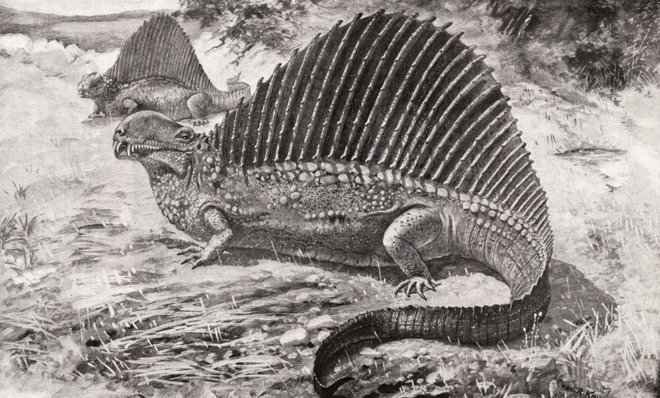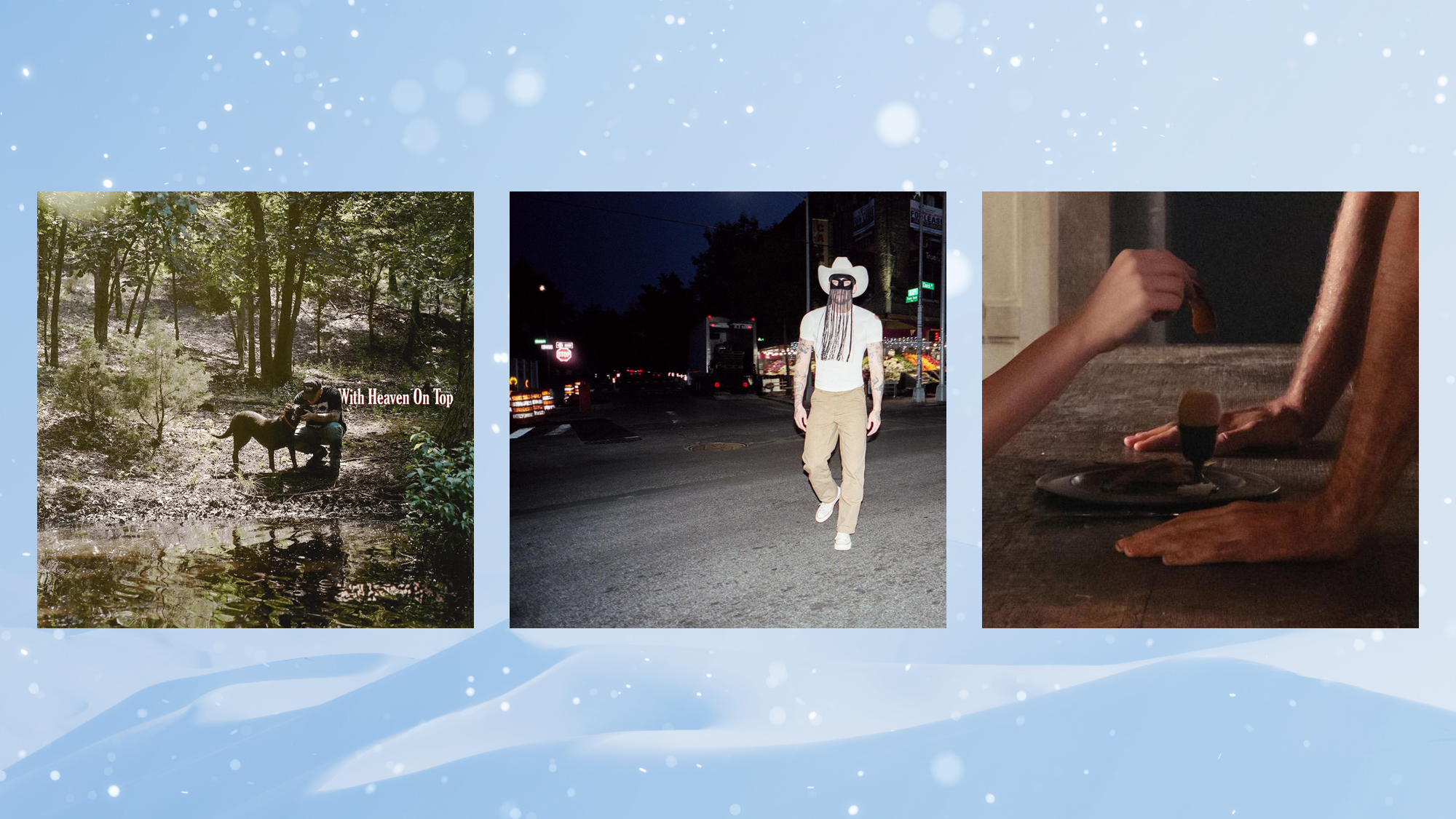What a set of serrated teeth could tell us about ancient ecology
Dimetrodon's chompers are a window into the past

"Show me your teeth," the 19th-century zoologist Georges Cuvier once said, "and I will tell you who you are." Across the animal kingdom, the shape of a creature’s teeth correlates with its diet and feeding behavior. As such, a simple change in tooth structure can reveal larger changes in the animal's food web and ecosystem.
Scientists from the University of Toronto recently found just such a change, in the mouth of one of our distant cousins.
Dimetrodon was a genus of synapsid — a group that included our mammalian ancestors, as well as what are sometimes referred to as "mammal-like reptiles" — that lumbered across parts of what are now the United States and Europe tens of millions of years before dinosaurs came on to the scene. These guys were some of the earliest apex predators to walk on land, and the larger examples certainly looked the part, with their big heads, strong snouts, deep jaws that formed "effective food traps," and bodies that were 10 feet long and weighed 500 pounds.
The Week
Escape your echo chamber. Get the facts behind the news, plus analysis from multiple perspectives.

Sign up for The Week's Free Newsletters
From our morning news briefing to a weekly Good News Newsletter, get the best of The Week delivered directly to your inbox.
From our morning news briefing to a weekly Good News Newsletter, get the best of The Week delivered directly to your inbox.
Dimetrodon’s most prominent feature was the large sail on the back, which was composed of long spines jutting out from the spinal vertebrae. For paleontologists Kirstin Brink and Robert Reisz, though, Dimetrodon’s most interesting anatomy is in the mouth. When the pair analyzed fossil teeth specimens that spanned some 25 millions years of Dimetrodon evolution, they noticed a few dental characteristics that would have been considered novelties back in the day.
First, the animals had the earliest known teeth cusps, a feature that didn’t become dominant until the appearance of the first true mammals.
The genus’ smile also got a little rough around the edges as time went on. Older Dimetrodon species, Brink and Reisz found, had smooth teeth, while species that appear later in the fossil record had teeth with steak knife-like serrations and denticles (serrations with dentine cores and enamel caps).
This is not only the earliest example of serrated teeth in land animals, but a window into the way Dimetrodon’s world was changing.
A free daily email with the biggest news stories of the day – and the best features from TheWeek.com
Dimetrodon’s serrations appeared without any corresponding changes elsewhere in the jaw and skull. That suggests the serrations didn’t evolve as an adaptation to changes in the skull they sat in, but to the food they chewed.
While the skulls of the Dimetrodon species stayed mostly the same, the ones with serrated teeth were larger than their smooth predecessors. The change indicates they were forced to deal with prey differently than their relatives, either to keep up in the "evolutionary arms race" that predators and prey engage in, or because they had expanded their menu.
Serrated teeth are more effective at puncturing and gripping food, Brink and Reisz said in their study, which would enable Dimetrodon to "feed on large prey items, potentially prey items larger than itself." Sure enough, the researchers found that Dimetrodon’s serrated teeth appeared around the same time as a boom in large-bodied herbivore prey, some of which dwarfed their predators.
Fossil evidence also shows that the Dimetrodon species didn’t have the top of the food chain all to themselves. They competed for prey with numerous other carnivores and even with each other. The increased competition could also have helped cause the changes in both teeth and body size in some species.
All of these connections still need to be investigated further to get a clearer picture of the food web at the time, as well as Dimetrodon’s place in it. But Dimetrodon's serrated teeth give researchers a trail to start following. If the eyes are the windows to the soul, Dimetrodon’s teeth are like windows to the past.
-
 10 upcoming albums to stream during the winter chill
10 upcoming albums to stream during the winter chillThe Week Recommends As the calendar turns to 2026, check out some new music from your favorite artists
-
 Kristi Noem might not be long for Trumpland
Kristi Noem might not be long for TrumplandIN THE SPOTLIGHT The Homeland Security secretary has been one of the most visible and vocal architects of Trump’s anti-immigration efforts, even as her own star risks fading
-
 Senate votes down ACA subsidies, GOP alternative
Senate votes down ACA subsidies, GOP alternativeSpeed Read The Senate rejected the extension of Affordable Care Act tax credits, guaranteeing a steep rise in health care costs for millions of Americans